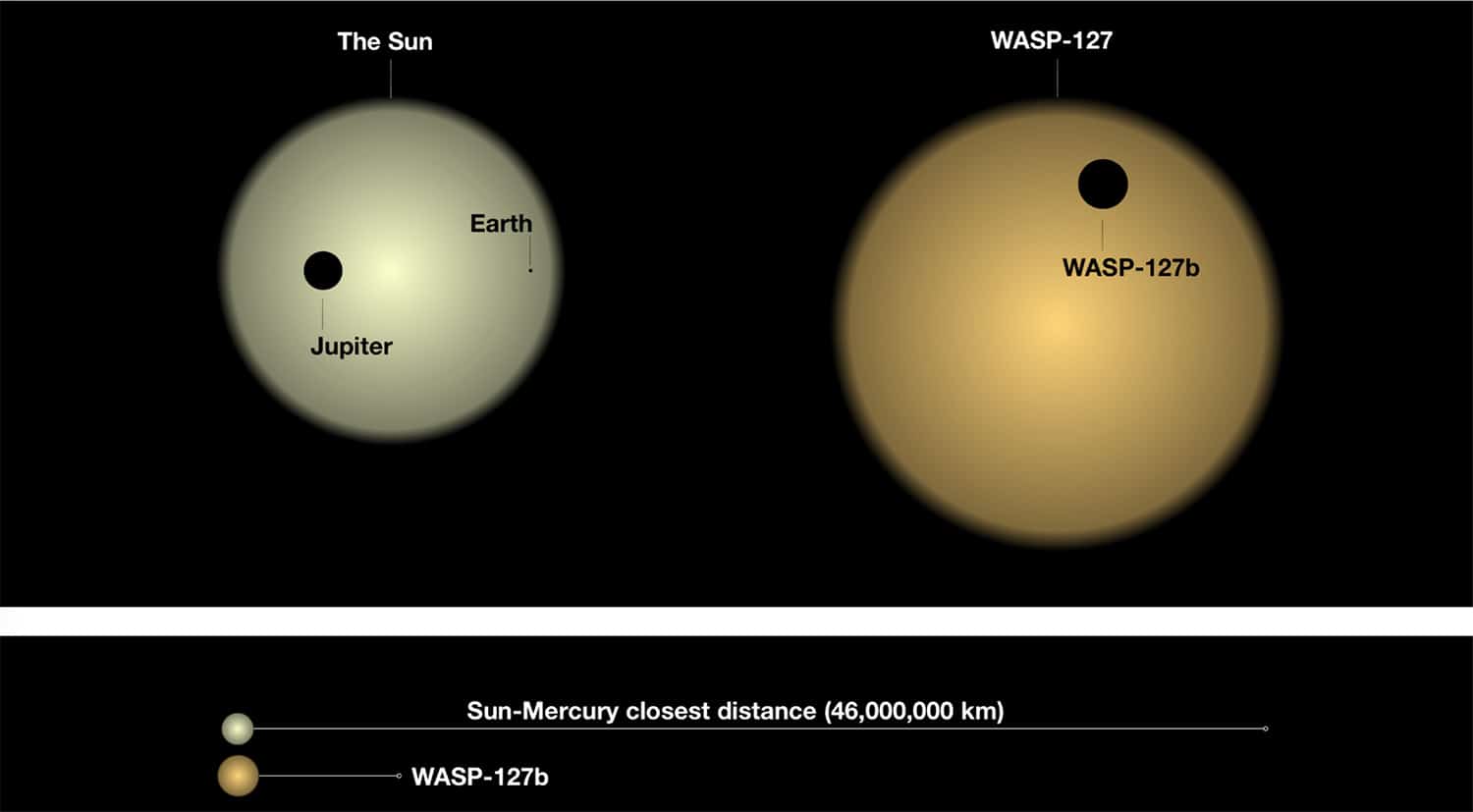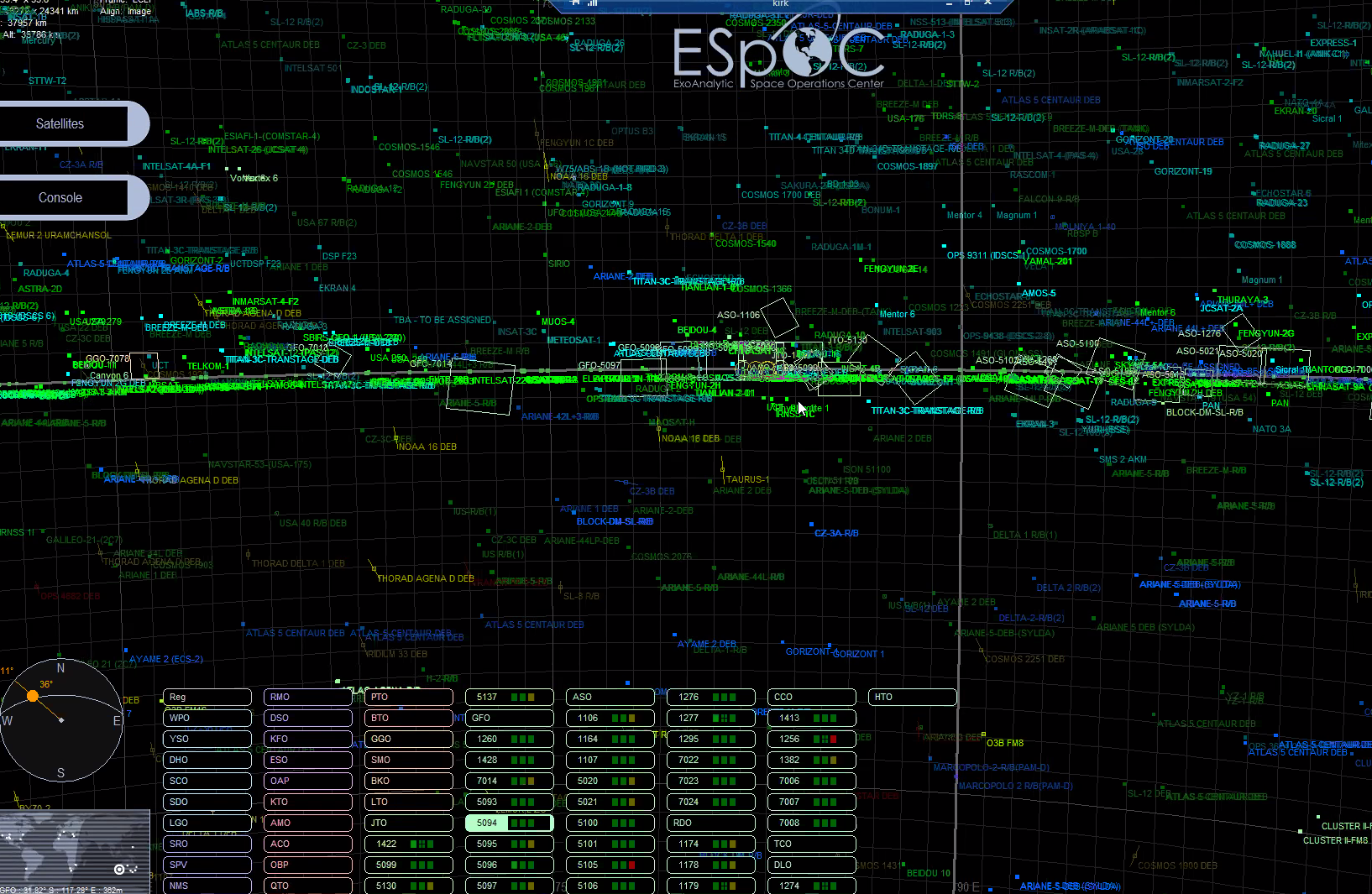In recent, the concept of a synthetic dimension has emerged. Through this, high-dimensional structures can be hosted on low-dimensional platforms by harnessing nonspatial degrees of freedom as either a substitute or a complement for geometrical ones.
Recently, a collaboration in Japan has developed a way to create synthetic dimensions. They presented the first realization of an artificial frequency dimension on a silicon ring resonator integrated photonic device fabricated using a CMOS process.
Toshihiko Baba, professor in the Department of Electrical and Computer Engineering, Yokohama National University, said, “The concept of dimensionality has become a central fixture in diverse fields of contemporary physics and technology in past years. While inquiries into lower-dimensional materials and structures have been fruitful, rapid advances in topology have uncovered a further abundance of potentially useful phenomena depending on the dimensionality of the system, even going beyond the three spatial dimensions available in the world around us.”
To develop their synthetic dimension, scientists used the same approach to build complementary metal-oxide-semiconductors (CMOS). A ring resonator applies guides to control and split light waves according to specific parameters, such as particular bandwidths.
Baba said, “The silicon ring resonator photonic device acquired a “comb-like” optical spectra, resulting in coupled modes corresponding to a one-dimensional model.”
The device generated a synthetic dimension that enabled scientists to get information about the rest of the system. Currently, the system consists of one ring. In any case, more could be stacked to course impacts and as immediately characterize optical frequency signals.
Baba said, “Their platform, even with stacked rings, is much smaller and compact than previous approaches, which employed optical fibers connected to various components.”
“A more scalable silicon photonic chip platform provides a considerable advancement, as it allows photonics with synthetic dimensions to benefit from the mature and sophisticated CMOS commercial fabrication toolbox, while also creating the means for multi-dimensional topological phenomena to be introduced into novel device applications.”
“The flexibility of the system, including the ability to reconfigure it as necessary, complements equivalent static spaces in real space, which could help researchers bypass the dimensional constraints of real space to understand phenomena even beyond three dimensions.”
“This work shows the possibility that topological and synthetic dimension photonics can be used practically with a silicon photonics integration platform. Next, we plan to collect all topological and synthetic dimension photonic elements to build up a topological integrated circuit.”
Journal Reference:
- ARMANDAS BALČYTIS et al. Synthetic dimension band structures on a Si CMOS photonic platform. DOI: 10.1126/sciadv.abk0468
Note: This article have been indexed to our site. We do not claim legitimacy, ownership or copyright of any of the content above. To see the article at original source Click Here













